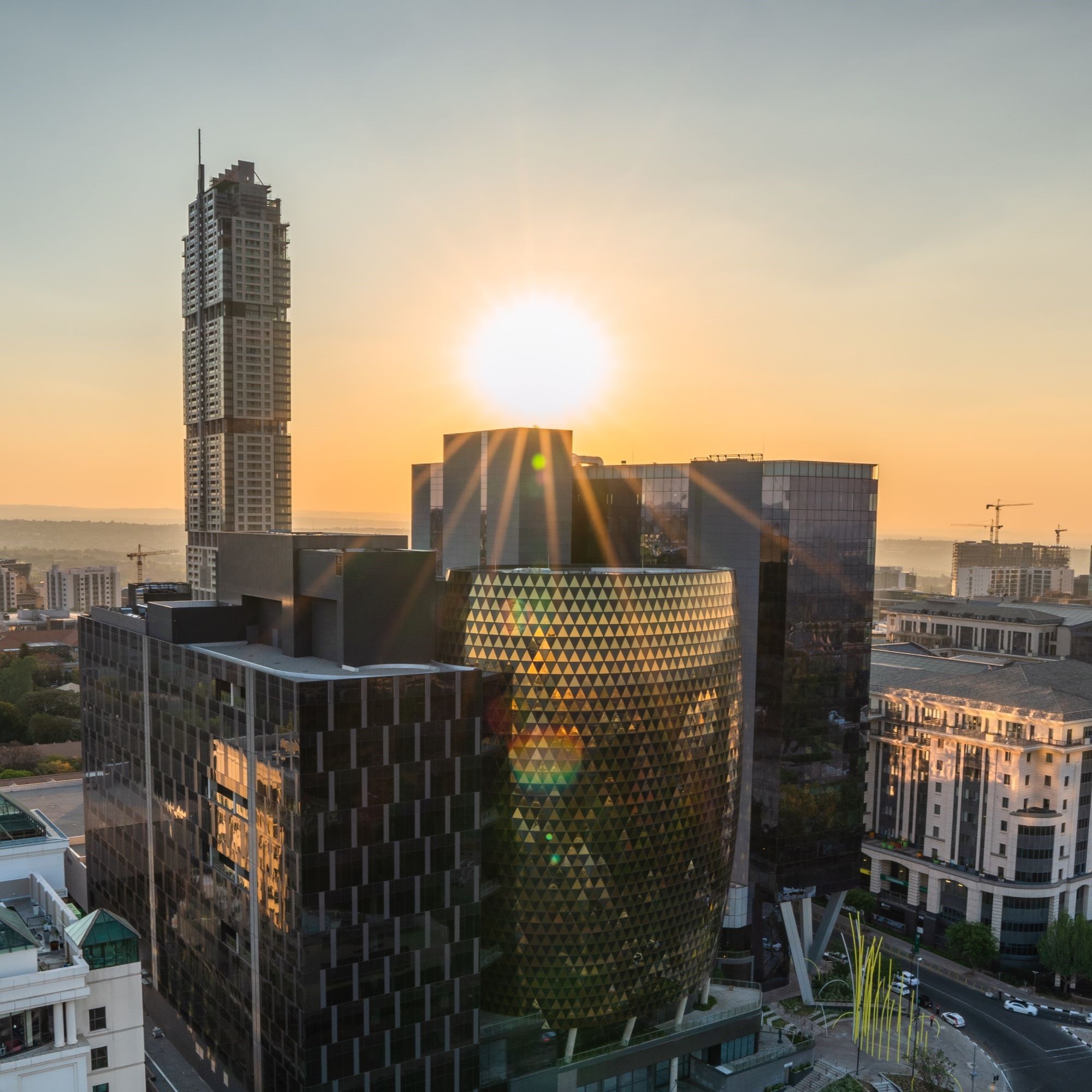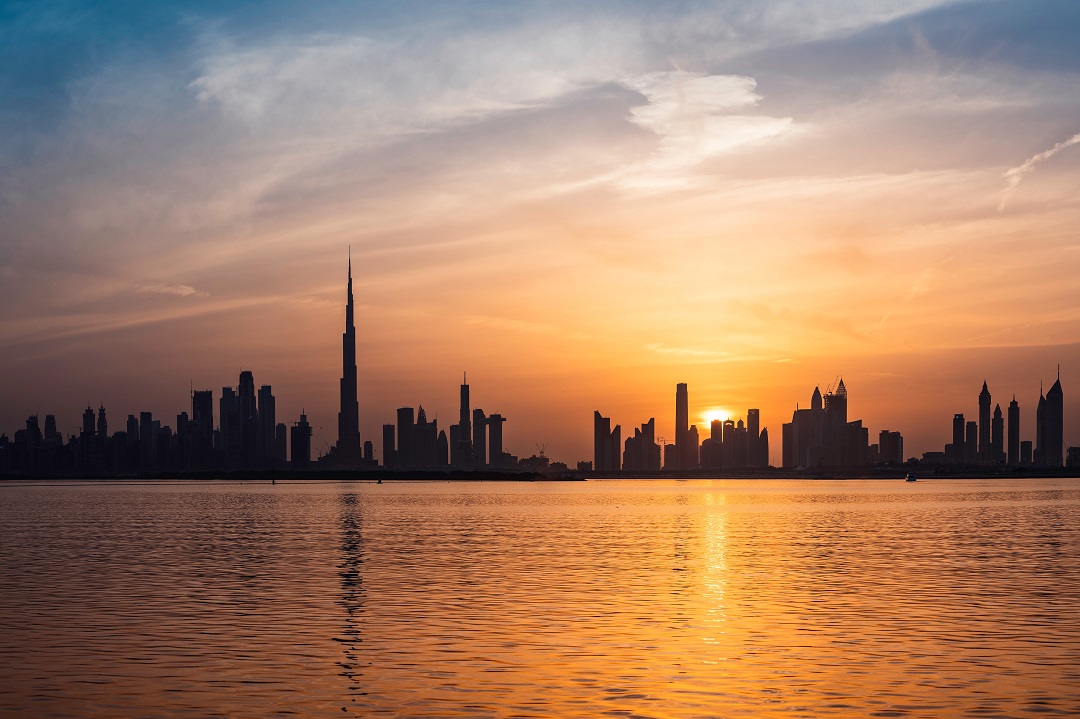As Africa engages with the global shift toward digital industrialisation, one issue stands at the centre of the continent’s progress: access to safe and reliable energy. According to the International Energy Agency, Africa accounts for just 6% of global energy use and less than 3% of global energy-related carbon dioxide (CO2) emissions. Therefore, substantial investment is required to power its future, as estimated by the African Development Bank (AfDB) to range between USD 60 billion and USD 90 billion annually.
These numbers are expected to rise with growing population and the emergence of new energy-intensive sectors, including data centres, AI infrastructure, industrial parks, special economic zones and commercial real estate.
At the recently concluded Africa Energy Forum in Cape Town, South Africa, stakeholders emphasised the continent’s urgent need to reassess its energy strategy to meet new demands without compromising climate goals or economic ambitions, particularly in emerging sectors that will shape the continent’s economic landscape but are also expected to be energy-intensive.
“Africa’s next phase of growth depends on our ability to provide sustainable, scalable energy that will not only power factories, but also data centres, smart cities, and innovation hubs,” says Cephas Caleb, Partner, Aluko & Oyebode (ALN firm in Nigeria). “We are seeing increased demand from investors in sectors that didn’t exist a decade ago. The challenge now is building the infrastructure and regulatory environment to match that pace.”
The New Faces of Energy Demand in Africa
The rise of Africa’s digital economy has introduced new power-intensive players beyond mining and manufacturing. Data centres, vital to cloud computing, AI, fintech, and digital services, require uninterrupted power and sophisticated cooling systems. Similarly, business and industrial parks, special economic zones, and commercial real estate developments are being built on a large scale, with integrated energy needs that demand cost efficiency, reliability, and flexibility.
In West and North Africa, where industrialisation plans are being rolled out alongside renewable energy investments, hybrid models are gaining traction. These combine solar, storage, and gas-powered generation to ensure stability while reducing emissions.
“Innovation in the energy landscape will require us to think beyond access, it will require us to focus on reliability and future-readiness, where our systems can be enhanced to support the continent’s growing population,” notes Safia Fassi Fihri, Partner at ADNA (ALN firm in Algeria, Côte d’Ivoire, Guinea, and Morocco).
A Turning Point for Investment
In countries where public grids remain unreliable or underdeveloped, private-sector-led initiatives have emerged as the most viable pathway to secure and sustainable power. This momentum is driving calls for modernised regulatory frameworks to enable wheeling, net metering, and off-grid solutions. Mini-grids and off-grid systems are gaining attention as critical solutions for closing the energy access gap.
The World Bank projects that providing power to 380 million people in Africa will require an investment of USD 91 billion (slightly higher than AfDB’s projections) and the construction of more than 160,000 mini-grids to offer viable, scalable solutions to meet both urban and rural energy needs.
Power purchase agreements in the commercial and industrial (C&I) sector are gaining traction, as businesses seek long-term energy security, pricing stability, and alignment with sustainability targets.
“There’s immense opportunity in Africa’s energy landscape and one of the ways investors can tap into this potential is by ensuring public and private sector collaboration to co-create frameworks and financing mechanisms that will unlock investment at the speed and scale required,” observes Fiona Davies Nalwanga, Partner, MMAKS Advocates (ALN firm in Uganda)
Looking Ahead
As populations grow, trade corridors expand, and technology reshapes how people live and work, Africa’s energy strategy must evolve from incremental interventions to bold, integrated planning.
Key priorities must include:
i. Strengthening grid infrastructure to serve industrial and digital clusters.
ii. Encouraging private capital investment in mid-sized renewable energy projects and commercial and industrial (C&I) solutions.
iii. Improving policy frameworks to support energy innovation across borders.
Africa’s energy future must also be digital, urban, and interconnected. Meeting this moment demands more than an increase in generation capacity. It requires vision, collaboration, and a profound commitment to driving inclusive, future-proof growth from the ground up.
Sources



